“Bread is the king of the table and all else is merely the court that surrounds the king. The countries are the soup, the meat, the vegetables, the salad but bread is king.”- Louis Bromfield
Gone are the days when bread was considered food for the ill. It has now metamorphosed into an artsy and healthy avatar, and is making quite the fashion statement on the baking circuit.
With our European Breads Master Class in foresight, we thought it appropriate to dedicate the month of August everything related to breads, on the blog. And to give you a preview into some of the key recipes that would be taught during the workshop, here’s some trivia for you.
Baguette
This elongated thin loaf of French bread is normally made from basic lean dough. It is discernible by its length and crunchy crust. A typical baguette has a diameter of about 5 or 6 centimeters and a usual length of about 65 centimeters, although a baguette can be even a meter long!
If you’re wondering what the word means, baguette, when translated means “wand” or baton”. In France, not all long loaves are baguettes; for example, a short, almost rugby ball shaped loaf is a bâtard! Even classical French-style recipes vary from place to place, with some recipes adding small amounts of milk, butter, sugar, or malt extract, depending on the desired flavour and properties in the final loaf.
Ciabatta
Ciabatta, when translated from Italian, literally means slipper bread! This white bread made from wheat flour, water, salt, olive oil and yeast, is said to have been created in 1982 by a baker in Adria, Veneto, Italy, in response to the growing popularity of French baguettes. Ciabatta is characteristically an elongated, broad and flat bread, and is baked in many variations.
At the time when the French Baguette was the king of breads, bakers in Italy were concerned by the popularity of this imported bread which was endangering their businesses, so they set about trying to create an Italian alternative with which to make sandwiches. Traditional ciabatta is made of soft, wet dough with gluten flour.
Pretzel
This traditional German baked bread is made from dough most commonly shaped into a twisted knot. Pretzels are said to have originated in Europe, most likely among monasteries in the Early Middle Ages. The traditional pretzel shape is a characteristic proportioned looped form, with the ends of a long strip of dough entwined and then twisted back into itself in a certain way. Interestingly, salt is the most common seasoning for pretzels, complementing the washing soda or lye treatment that gives pretzels their traditional exterior and flavour through the Maillard reaction. Other seasonings include sugars, chocolate, glazes, seeds, and/or nuts.
For those who don’t know, the pretzel has been used as an emblem of bakers and formerly their guilds in southern German areas since at least the 12th century!
Sourdough
Sourdough bread is made by the fermentation of dough using naturally-occurring lactobacilli and yeast. In comparison to breads made with baker’s yeast, sourdough bread has a mildly sour taste because of the lactic acid produced by the lactobacilli.
One of the oldest sourdough breads dates from 3700 BC and was excavated in Switzerland, but the origin of sourdough fermentation likely relates to the origin of agriculture in the Fertile Crescent several thousand years earlier.
On that note, we have a couple of seats left for our European Breads Workshop scheduled for September 4 and 5, 2015. To sign up, email us at lavonnehospitality@gmail.com or call us on 9740544442/3.
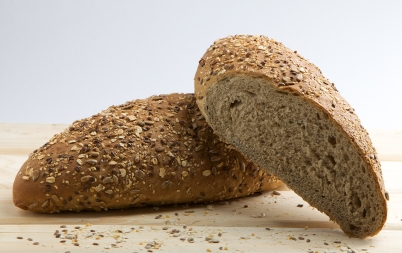
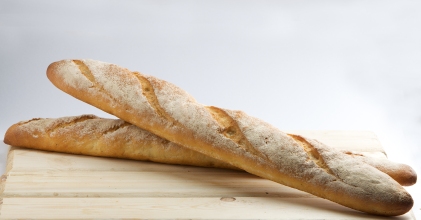
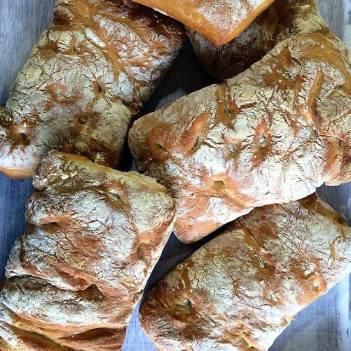
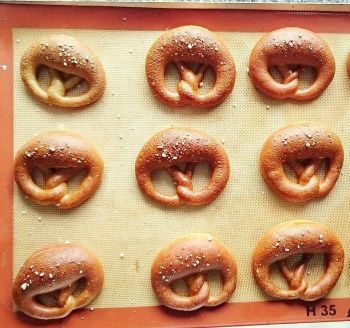
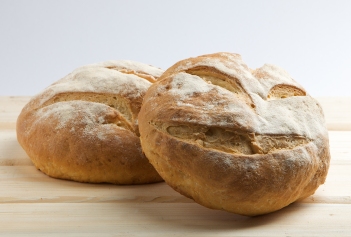
You must be logged in to post a comment.